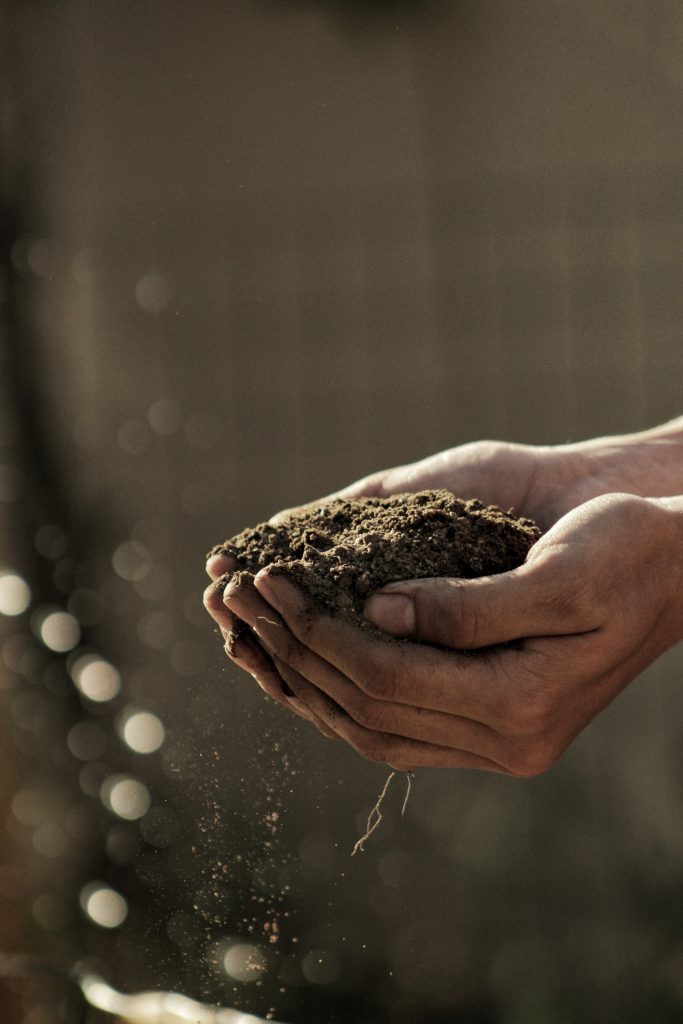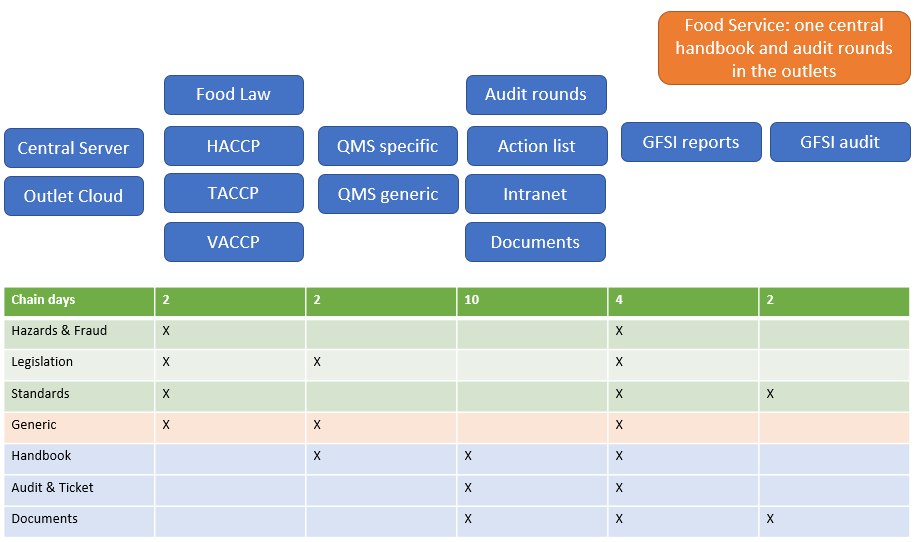Procedure
For all the processes to proceed properly, maintenance is essential.
Maintenance is in the form of both preventative maintenance and adhoc maintenance:
- Preventive maintenance: lubricate bearings, small turn machines.
- Adhoc maintenance: immediately necessary repairs
Preventative maintenance is recorded in a schedule. Maintenance through external parties is laid down in the contracts.
Maintenance on new machines is predetermined by the validation.
In all cases it applies that maintenance takes place outside production hours as much as possible. When maintenance must be performed during production, possible product cross contamination must be taken into account.
All maintenance performed is recorded, at minimum:
- Committed maintenance;
- Reason for maintenance;
- Reason for failure;
- Taken measures;
- Any emergencies during maintenance.
Carrying out maintenance:
- Maintenance that has to be done to ensure progress is carried out as soon as possible.
- Maintenance on measuring equipment must be carried out immediately.
- Maintenance in close proximity of products must be avoided. If there is a chance of product contamination, the production must be stopped.
- Shield the other products as much as possible.
- After maintenance, all loose pieces are disposed of.
- The immediate surroundings in which maintenance was committed is cleaned and possibly disinfected after maintenance. This also applies to the possibly repaired machines.
- In all cases, engineers comply with the relevant hygiene measures.
- When possible, maintenance should be carried out in the technical room. These technical rooms must be equipped with a walk out mat to ensure that metal filings and etc. cannot be taken to the production areas via shoes. Clothing must also be taken into account with regard to cross-contamination after the production areas (after the sharpening of knives, and etc.).
When maintenance is completed and the area is cleaned, an additional check takes place:
- Cleaning;
- Absence of loose parts in the vicinity.
This check should take place before release can occur.
Used resources / materials:
All resources are suitable for the foodstuff industry if they come in contact with the product. Of these resources, a specification and instructions for use are required.
For maintenance through external parties, which resources were used must be known. Resources that could come into contact with our products must be food grade and may not contain critical allergens. The allergen status of the resources must be known.
When a temporary or emergency solution is used, it should be replaced with the correct solution as soon as possible. A temporary or emergency solution should never ever endanger food safety, the environment, or personnel.
Related articles to What is an example for an Maintenance procedure?
Many customers and visitors to this page 'What is an example for an Maintenance procedure?' also viewed the articles and manuals listed below:



